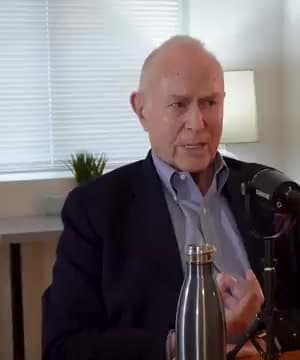Bomb design
Sources:
Discussions around bomb design, especially during the Manhattan Project, offer fascinating insights into the intersection of science, engineering, and secrecy. Here are some key insights from interviews on The Lunar Society podcast hosted by :
-
Manhattan Project's Special Nature: Richard Rhodes explains that the Manhattan Project was a unique endeavor, employing Nobel laureate-level physicists as engineers to create a precision weapon with remarkable ingenuity. This project was distinct due to its vast scale and stringent secrecy measures, involving 600,000 people without any leaks 1.
-
Bomb Development Insights: The second bomb tested was a significant improvement, being twice the yield yet half the weight of the first. This was because of advancements that were theoretically known during the war but not practically feasible until later. Rhodes detailed concepts like "levitation" where a small air gap in the explosive setup enhanced destructive force 2.
-
Challenges of Uranium Refinement: Rhodes and Patel touched upon the major difficulty of bomb creation—refining uranium into U-235 or its transmutation into plutonium. This refinement process was kept under wraps to prevent other nations from easily replicating bomb designs, framing it as highly complex physics confined to places like Los Alamos 2.
-
Nuclear Espionage: Espionage played a critical role in the nuclear arms race, with the Soviet Union using spies to rapidly advance their bomb design. Rhodes mentions that although espionage helped, by 1947, Soviet physicists had already developed a smaller, more powerful bomb independently, proving their scientific prowess 3 4.
-
Classified Secrets: Richard Rhodes also revealed instances where classified bomb details slowly leaked over time, such as the dumbbell shape of early hydrogen bombs. He mentions an incident where dimensions of the Fat Man bomb were inadvertently published by the KGB, though such sensitive information is rarely disclosed publicly 5.
This blend of technical challenges, espionage, and meticulous secrecy underscores the intense scientific and political landscape of the atomic age.
RELATED QUESTIONS-




